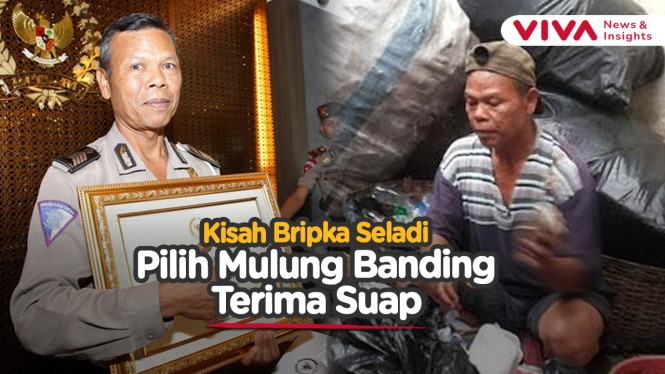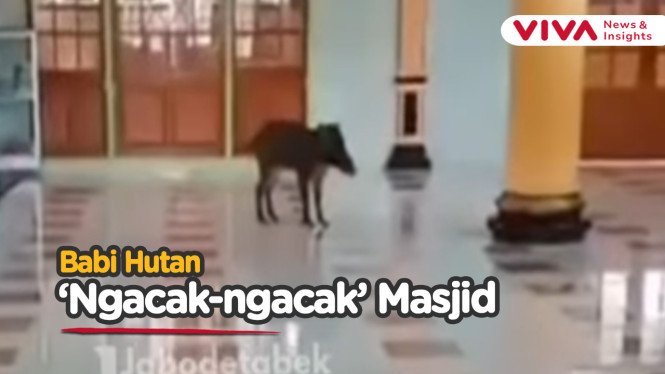Air Pollution in Jabodetabek Potentially Higher at Night, BMKG Says
- VIVA/M Ali Wafa
Jakarta – The Indonesian Meteorological, Climatological, and Geophysical Agency (BMKG) Climate Change Information Center Head, A Fachri Radjab revealed that air pollution in Jakarta, Bogor, Depok, Tangerang, Bekasi (Jabodetabek), and Banten also increased in August 2023.
Radjab said on August 8, 2023, PM 2.5 pollutants reached 165. According to World Health Organization (WHO) standards, PM 2.5 should be no more than 12.
"Our latest data from the observation post, PM 2.5 in Kemayoran, from the graph it can be seen that August PM 2.5 is relatively high, increasing, quite volatile, and indeed the concentration value in general was monitored on August 8, at 05.00 WIB, 164.6 mg/m³," he said at the Shangri-La Hotel, Central Jakarta, on Monday.
"Today, August 28, from our equipment, 60.4 mg/m³. For comparison in the same period, 2022, the average value of PM 2.5 concentration was around 44.3 mg/m³ in August (2022)," he remarked.
Polusi Udara Jakarta
- VIVA/M Ali Wafa
Radjab continued, by the daily cycle, PM 2.5 pollutants tend to be higher at night. The reason is because at night there is an inversion of the atmospheric layer.
"Relatively higher until the morning. Then in the morning when people's activities increase, PM 2.5 also increases. Pollutants or particles cause pollution, why is it high at night because there is an inversion layer (a warm atmospheric layer above a cold atmospheric layer)," he continued.
He explained that when the inversion layer of the atmosphere shrinks, the concentration will be higher. BMKG also observes the thickness of the inversion layer.
He also said: "In this layer, at night the thickness of the inversion layer decreases so that the concentration will be higher. We also observe the radiosonde, and we release balloons, to observe the thickness of the inversion layer. Hopefully, the inversion layer will reduce pollutants,"
Meanwhile, Fachri revealed, that PM 2.5 pollutants tend to be lower when community activities decrease. This can be seen when entering the weekend. In Jabodetabek, nitrogen dioxide levels tend to decrease.
"The daily distribution of PM 2.5 concentrations, between August 1-27, is generally moderate (blue) 11 days, and unhealthy (yellow) 16 days. Hourly distribution, weekends, and the 17th are more moderate. When there is less activity, the air quality is better," he said.
"We also observe NO (nitrogen dioxide) through sentinel satellites. The most indications are Jabodetabek, Banten, and Sunda Strait. This yellow category is getting high. NO also drops on holidays," he added.
Radjab stated that in the next three days, PM 2.5 pollutants in Jabotabek will still be quite high at night.
"For the next 3 days, PM 2.5 we can see Jabodetabek is still yellow until August 30. PM 2.5 indicates unhealthy air quality in general. Concentrations are potentially higher at night, influenced by the inversion layer," he concluded.





















